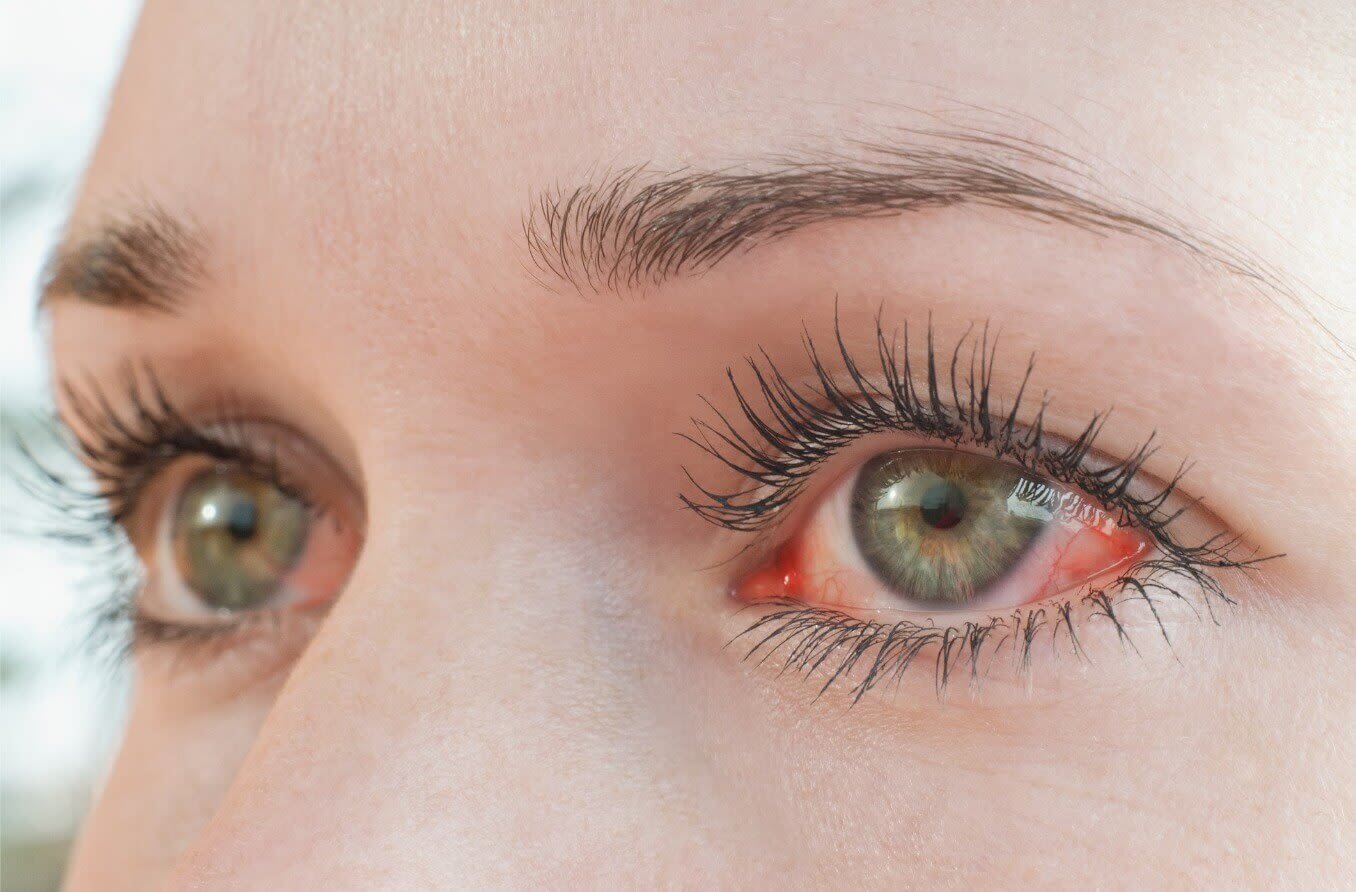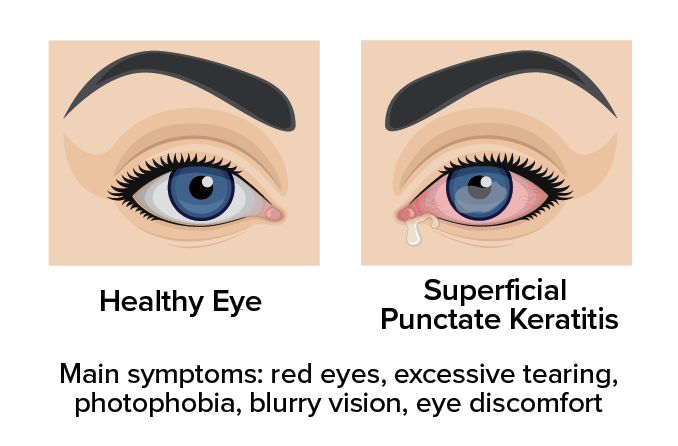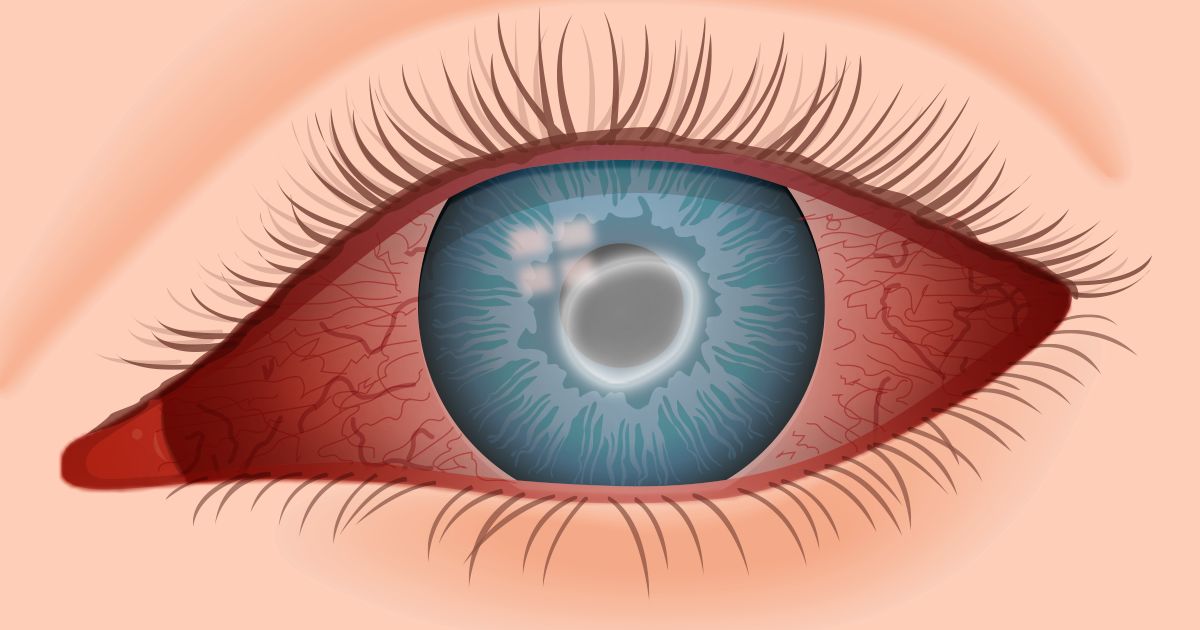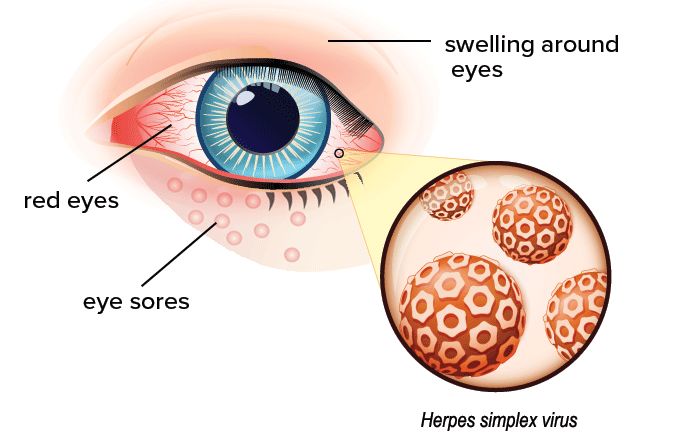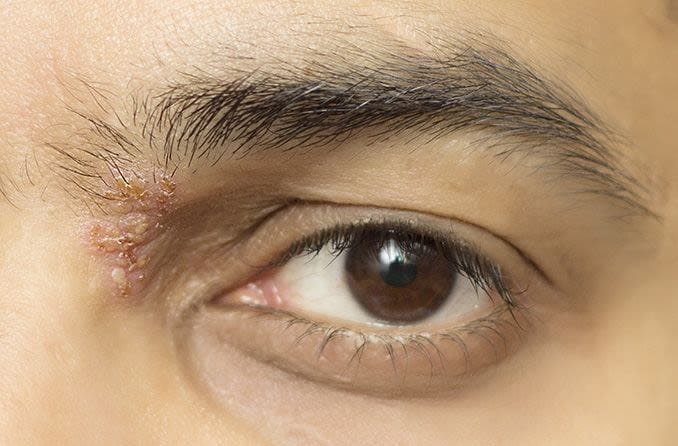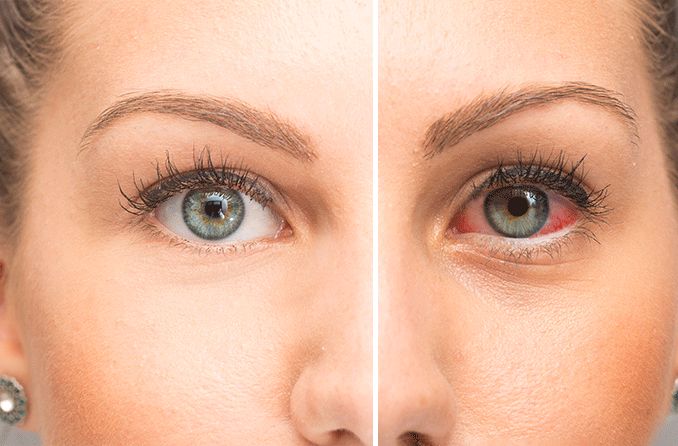What is welder's flash?
“Welder’s flash” is another name for photokeratitis, a painful eye condition that can happen when unprotected eyes are exposed to ultraviolet (UV) rays. Welder’s flash refers to this condition when it is caused by UV rays from a welding torch. It can feel like having a “sunburn” on the eyes.
Photokeratitis is also often called arc eye, flash burn, ultraviolet keratitis and snow blindness.
Welder’s flash causes
Like the name implies, welders are at risk for photokeratitis when their eyes are exposed to bright flashes or “arcs” of UV radiation while welding. This type of corneal welding injury is also known as “arc eye” and “flash burn.”
Photokeratitis is caused by your unprotected eyes being exposed to ultraviolet rays. UV exposure damages the epithelium, which is the thin, outer layer of the cornea of your eye. The cornea is the clear front surface of the eye that allows light to enter the eye for vision. The epithelium layer helps spread tear film to keep your eyes moist and maintain good eye health.
When UV exposure damages corneal cells, the cells slough off, leaving corneal nerves beneath exposed and damaged. When a welder’s unprotected eyes are exposed to the UV radiation of the welding torch, the resulting “welder’s flash” feels much like a sunburn but even more painful.
But photokeratitis doesn’t affect welders alone. For example, your eyes are at risk in bright, outdoor settings like snow or water if you’re not wearing protective sunglasses. Your eyes are also at risk in some indoor settings when there are certain types of broken high-intensity light bulbs.
Even if you’re not a welder, your eyes are vulnerable to photokeratitis in a variety of situations, including:
Reflections from snow, water and sand — Snow reflects more than 80% of UV rays from the sun. That can lead to “snow blindness” if you’re not wearing proper protective eyewear. The same goes for spending time on lakes or the ocean, since water is also reflective of UV rays. Even UV reflections off of white sand on the beach can cause photokeratitis.
Germicidal or laboratory UV lamps or lights
Sun lamps
Tanning beds
Damaged metal halide and mercury vapor light bulbs — Broken or unshielded high-intensity metal halide and mercury vapor light bulbs are often found in school gymnasiums. When damaged, these lights can expose your eyes to short-wave UV radiation injuries. These types of bulbs are also used in streetlights, sports arenas, banks and stores.
Halogen lamp burst
SEE ALSO: Best sunglasses for ultraviolet (UV) eye protection
Welder’s flash symptoms
Symptoms of welder’s flash can show up as early as 30 minutes after UV exposure. However, it can take up to 12 hours for welder’s flash symptoms to occur.
The most common symptom of welder’s flash is intense pain in the affected eye. You may have pain in both eyes if each was damaged by UV rays.
Welder’s flash can also cause photophobia (light sensitivity), causing headaches and eye discomfort. This medical eye condition can also make you feel like you have dirt or debris in your eye when you don’t.
Other symptoms of welder’s flash include:
Tearing
Redness on the face
Eyelid redness
Decreased vision
Eye redness, light sensitivity and irritation can also be symptoms of other medical eye conditions. Conditions with similar symptoms include dry eyes and viral conjunctivitis. Your eyes could also be reacting to chemical exposure from cleaning solutions or debris in your eyelid. Redness and tearing could be caused by keeping contact lenses in too long or a reaction to preservatives in eye drops.
If you experience these symptoms, make an appointment for an eye exam with your eye doctor. That way, the doctor can make a proper diagnosis and suggest treatment options.
Welder’s flash treatment
After examining your eyes, an eye doctor can suggest treatment to help the cornea heal faster. Treatments may include applying a topical antibiotic ointment that prevents bacterial infection.
Your eye doctor may suggest applying the ointment throughout the day over the next two or three days. The doctor might also recommend using artificial tears and taking an oral pain medication to help with eye discomfort.
If you wear contacts, wear glasses instead until your cornea is fully healed. Welder’s flash usually heals within one to two days after UV exposure.
Are there welder’s flash home remedies?
You may find claims of “home remedies” for welder’s flash online. As much as you may want relief, never try unverified online home remedies for any eye condition.
If you have welder’s flash symptoms, make an appointment with an eye doctor for a proper diagnosis. The doctor can suggest the best treatment option.
How to prevent welder’s flash
If you’re a welder, wear a protective welding helmet or filter glasses while welding to guard against arc UV light. If you work in a lab or another occupation that could expose you to eye-damaging UV rays, wear proper protective eyewear, glasses or face shields.
The best way to prevent photokeratitis while outside is to wear good quality sunglasses. The sunglasses should block 100% of UV light. For even better protection, wear a close-fitting, wraparound style that limits how much sunlight reaches your eyes.
What if I think I have welder’s flash?
If you have symptoms of welder’s flash, make an appointment with your eye doctor. The doctor can properly diagnose welder’s flash or a different eye condition that could be causing your symptoms.
ALSO RELATED: Ski goggles: A buyer’s guide for skiers and snowboarders




